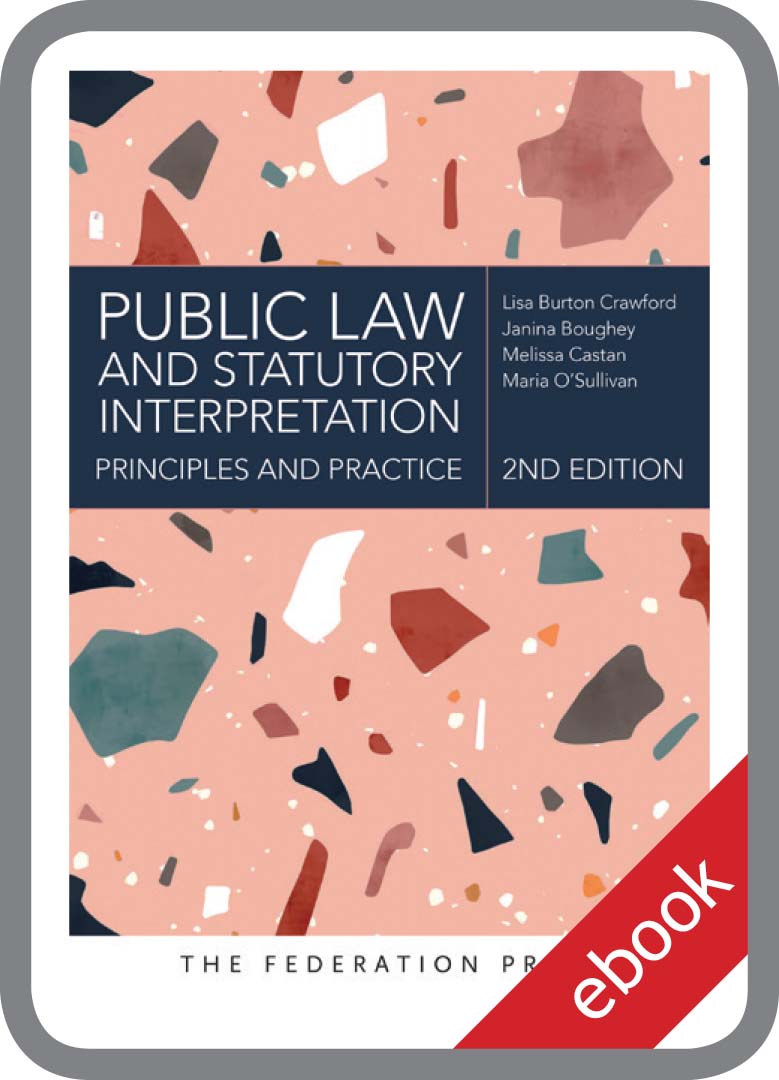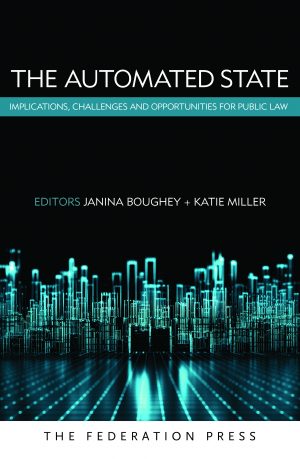This book provides an engaging, comprehensive and reader-friendly overview of Australian public law institutions and principles, together with the principles and process of statutory interpretation.
The former inform the fundamental nature of the Australian legal system; the latter is vital knowledge in a legal system in which statute law is so pervasive. This book is the first text to draw these two topics together to clearly explain how the principles of statutory interpretation reflect the constitutional relationship between the legislative, executive and judicial branches of government.
More particularly, the book provides:
- an overview of the origins and key stages in the development of the Australian legal system;
- an explanation of the concepts and ideals that form the foundation of Australian public law;
- an introduction to the institutions, structures and powers of, and relationships between, the three branches of the Australian government; and
- an explanation of how, in light of key public law principles, legislation is interpreted by Australia’s courts.
The book incorporates in-depth case studies, discussion questions, reflective exercises, lists of further resources and other activities, which provide an opportunity to engage with pressing public law issues in a practical context.
This second edition:
- includes two new in-depth statutory interpretation case studies to give students the opportunity to practise their skills;
- uses the response to COVID-19 as a case study through which to explore the scope and limits of executive power;
- incorporates and explores recent developments in case law, legislation and government action, including discussions of R v A2, Burns v Corbett, Miller (No 2), the Queensland Human Rights Act 2019, the ineligibility of dual citizens to sit in the Commonwealth Parliament, and the Callinan Report on the Administrative Appeals Tribunal.
This book will be useful to scholars and practitioners seeking to understand the foundational principles of Australian public law and statutory interpretation.






